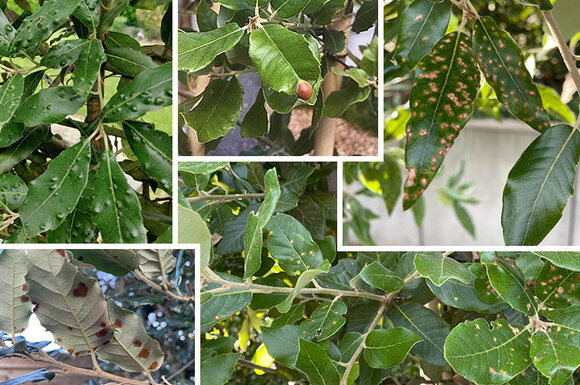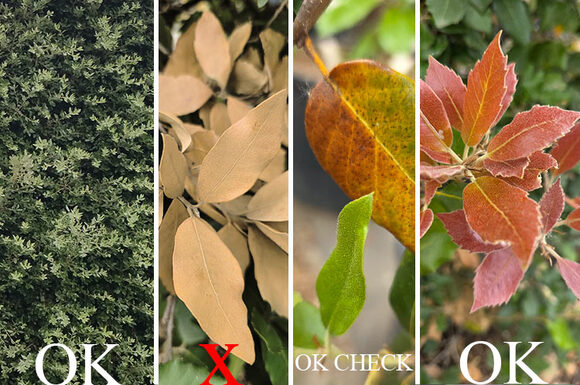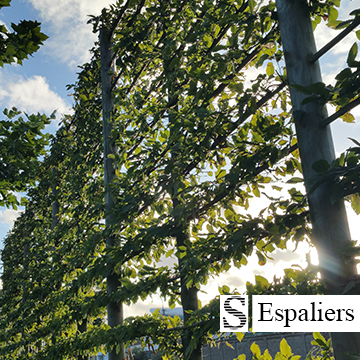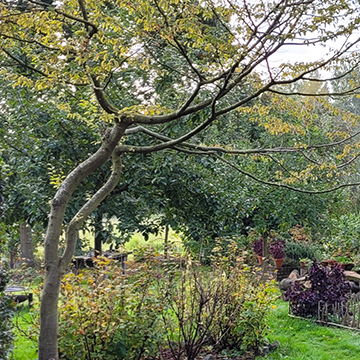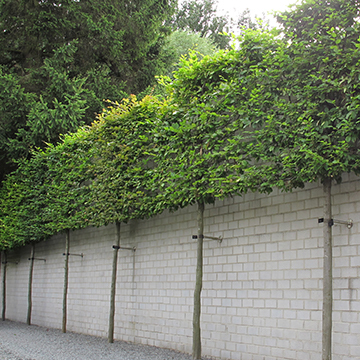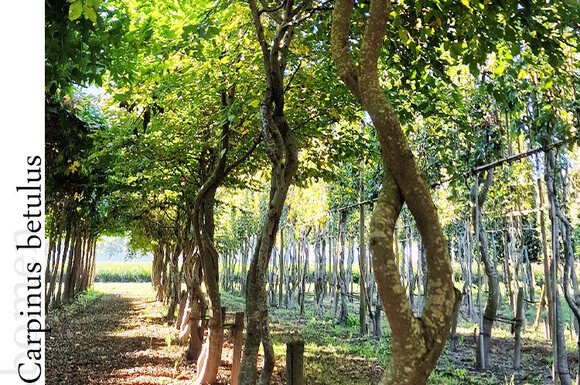Brown spots, dots, or deposits on the leaves of the holm oak?
Here are the most common manifestations on the holm oak and their causes:
Brown spots under the leaves of the holm oak
Under certain conditions, brown spots may appear under the leaves of the holm oak. They are caused by gall mites. The most common species on Quercus ilex are Aceria ilicis and Aceria quercina.
The gall mite is a tiny, microscopic spider, barely visible to the naked eye (0.1 to 0.2 mm). It lays its eggs under the leaf.
The reaction of the leaf around the eggs can sometimes produce pretty effects, like small red balls of strange shapes. Sometimes, but not always, rust spots appear, making the underside of the leaf less aesthetic.
On the holm oak, both red balls and rust spots can be observed.
Small dry dots on the leaves of the holm oak
In addition to gall mites, there are also small gall wasps and midges. Their aesthetic impact is less, and in many cases, they are useful for controlling aphids in the garden.
The species Aroldiola Quercus and Arnoldiola libera (small dry dots on the leaves of the holm oak) are gall midges.
Dry tips and small pink galls
These phenomena mainly appear on the Turkey oak (Quercus cerris), Hungarian oak (Quercus frainetto), downy oak (Quercus pubescens), English oak (Quercus robur), and sessile oak (Quercus petrea).
On the holm oak, this infestation is rare, as is Contarinia quercina (oak gall midge), which also forms pretty galls.
Brown galleries and blisters in the leaf
If you observe brown galleries or blisters in the leaves of the holm oak, it is the work of nocturnal butterflies.
It is usually the small holm oak miner (Ectoedemia heringella), a tiny butterfly that digs galleries between the layers of the leaf.
The native butterfly Phyllonorycter messaniella is also present on the holm oak and causes slightly more visible damage to the leaves.
Aphids on the holm oak
Like almost all deciduous trees, the holm oak is not immune to aphids. However, Quercus ilex only suffers during a specific period, mainly when the tree produces new shoots (May – June) and this coincides with ideal weather conditions.
Black deposit on the leaves
A black deposit on the leaves of the holm oak is usually a secondary infection caused by a fungus that grows on the sweet secretions of aphids.
It is best to prevent this by avoiding an aphid infestation in the spring. Exceptionally humid conditions can also cause this deposit on old leaves, but it is not serious.
The tree will eventually shed these leaves and produce new ones.
Ants on the trunk and in the crown of the holm oak
Ants on the holm oak do not cause any damage. They simply indicate that there are probably aphids in the crown. You should mainly look at the tips and under the young leaves.

